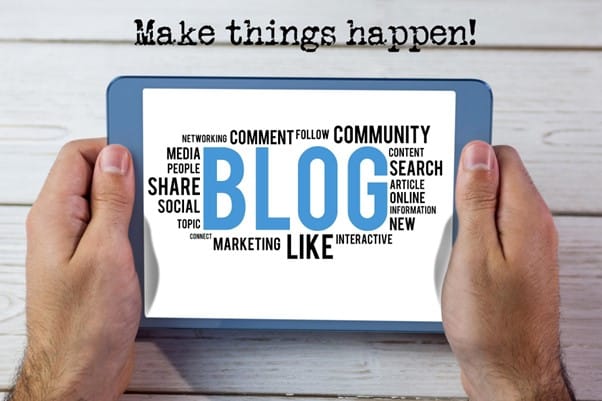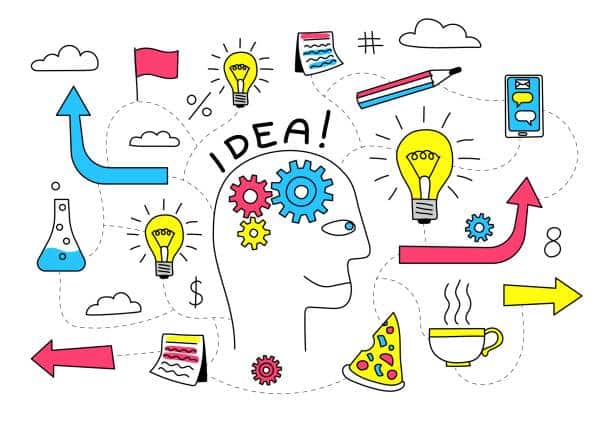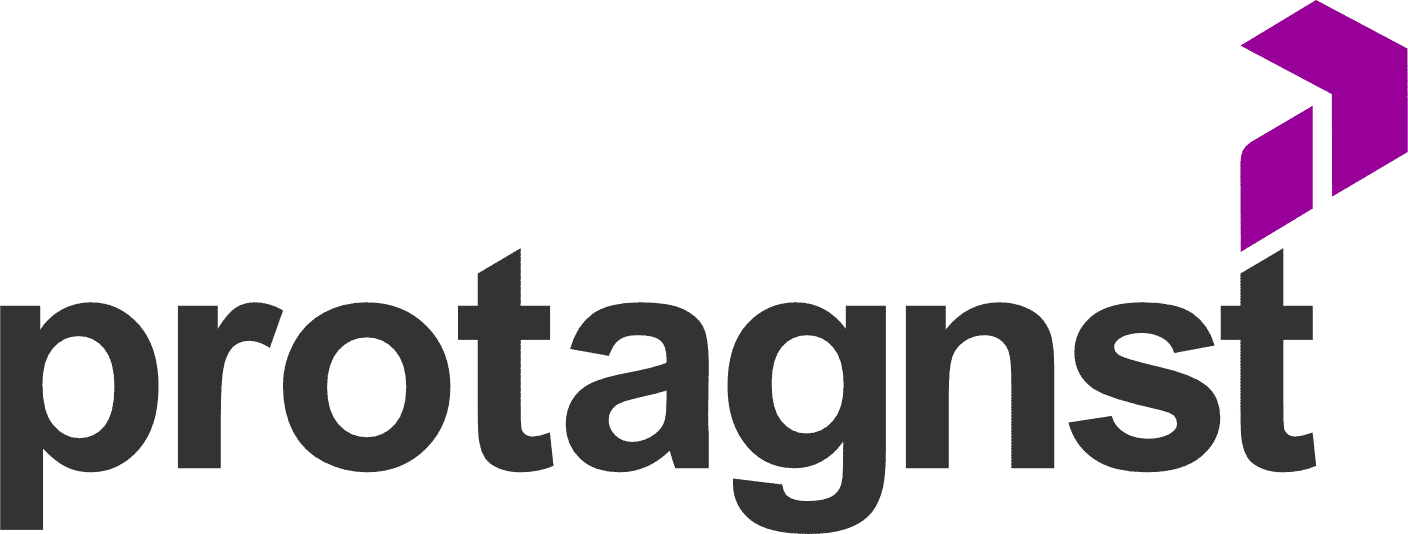Sales pitch: complete guide with concepts and examples

Knowing how to use a sales pitch is increasingly what determines the success of a negotiation. After all, we all have less and less time and need to optimize it as much as possible. The problem, however, is managing to combine a sales approach that is efficient, direct, and non-intrusive all at the same time. […]
Social selling: how to increase sales with this strategy?

Social media is a powerful presence in our daily lives. Even if you don’t have a profile on any of them—but you should at least have one on LinkedIn—you’ve likely landed on a personal profile or company page through a search engine. There’s no way around it: millions of people are on these platforms, so […]
Lifetime value (LTV): essential indicator for SaaS companies

Having complete control over all the indicators that, in some way, reflect a company’s financial results is crucial. After all, understanding each metric in depth will help pinpoint bottlenecks and work more effectively to resolve them. One such indicator is **lifetime value**, a concept we’ll cover in this article, and it’s super important. Broadly speaking, […]
Sales Objections: The Ultimate Guide to Understanding the Subject

Those who work in sales know that, day in and day out, they’ll face a lot of immediate rejections. It’s part of the job. But rejection is especially tough when you start a negotiation, it seems to be developing well, and in the end, it doesn’t materialize because the potential client backs out. When this […]
Pricing strategies: how to be assertive and get the best results?

<h1>Setting the Right Price: Pricing Strategies for Your Business</h1> <p>Setting the price of a product or service is a complex exercise that must consider many variables. Although different <strong>pricing strategies</strong> exist, choosing the one that sustains your business requires analyzing different points.</p> <p>Business owners often opt to define the price of their products based on […]
Sales Compensation: Salaries, Commissions and Benefits

In the fast-paced world of sales, compensation plays a crucial role not only in motivating employees but also in attracting and retaining top talent. Have you ever stopped to think about how salaries, commissions, and benefits intertwine to create a compensation package that can transform a team’s performance? In this article, we’ll delve into this […]
Role playing in sales: how to achieve super results with the technique?

Letting sales teams develop quickly and gain experience is every company’s dream. To achieve this, role-playing in the corporate environment has proven to be a powerful tool. As a dynamic of role-playing and scenario interpretation, sales role-playing fulfills the role of providing this experience to employees but in a controlled environment without compromising relationships with […]
What you need to know before buying blog posts

Learn how to find quality texts and make the most of every investment in creating well-written, original, and optimized content. Buying blog posts can be an imperative need to keep your website relevant and engaging. Undoubtedly, acquiring quality content is a crucial demand in today’s digital world. But before diving into this purchase, there are […]
Discovery Call: what it is and how to use it in B2B sales

What is a Discovery Call? If you’re involved in B2B sales, you’ve likely heard the term “Discovery Call.” But do you know exactly what it means? In this article, we’ll explore the concept of a Discovery Call and how it can be a powerful tool in the sales process. A Discovery Call refers to an […]
Design Thinking: A Guide to Innovation

So, Design Thinking is a powerful tool not just for enhancing sales strategies but also for promoting significant improvements in various aspects of life. With its focus on solving problems in innovative ways, this approach offers advantages that go beyond financial benefits. Exploring this tool can increase your efficiency in various sectors, both personal and […]

